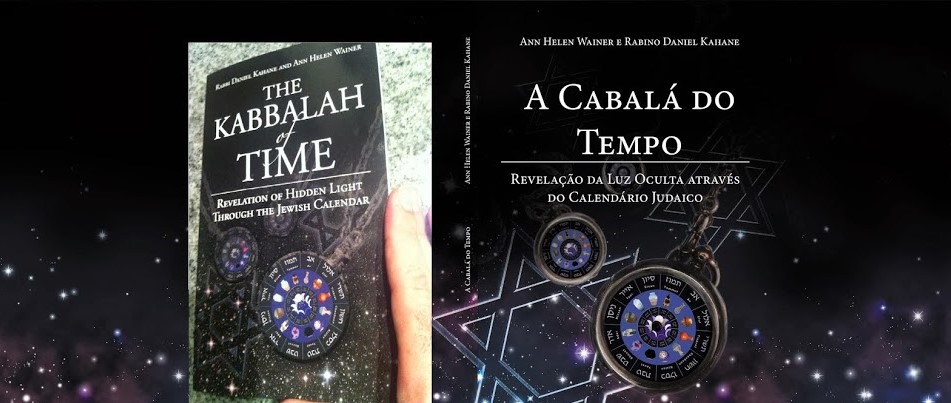The verse in Exodus speaks about the Hashem resting in the newly constructed Tabernacle (the Mishkan). Rashi focuses on how each place of encampment is called a journey.
It is curious that when Rashi interprets the last verse in Deutoronomy, he does not make any reference to the Mishkan or to the cloud of Hashem's presence. Rashi, instead focuses on the giving of the Torah and generally to the "miracles and mighty deeds" in the desert. Specifically, regarding the meaning of "before the eyes of Israel," Rashi focuses on the breaking of the Tablets, and how this was a laudable action by Moshe, of which Hashem approved.
38. For the cloud of the
Lord was upon the Mishkan by day, and there was fire within it at night,
before the eyes of the entire house of Israel in all their journeys.
|
לח. כִּי עֲנַן יְהֹוָה עַל
הַמִּשְׁכָּן יוֹמָם וְאֵשׁ תִּהְיֶה לַיְלָה בּוֹ לְעֵינֵי כָל בֵּית
יִשְׂרָאֵל בְּכָל מַסְעֵיהֶם:
|
|||
before the eyes of the
entire house of Israel in all their journeys: On every journey
(מַסָּע) that they were traveling, the cloud would rest in that place where
they encamped. The place of their encampment is also called a journey
(מַסָּע). Likewise, “And he went to his stations (לְמַסָּעָיו) ” (Gen. 13:3)
[i.e., to the stops along his journey], and likewise, “These are the journeys
(מַסְעֵי) ” (Num. 33:1). Since from the place of their encampment they
resumed their journeys, they are all called “journeys” (מַסָעוֹת).
|
לעיני כל בית ישראל בכל
מסעיהם: בכל מסע שהיו נוסעים היה הענן שוכן במקום אשר יחנו שם. מקום חנייתן
אף הוא קרוי מסע, וכן (בראשית יג ג) וילך למסעיו, וכן (במדבר לג א) אלה מסעי לפי
שממקום החנייה חזרו ונסעו, לכך נקראו כולן מסעות:
|
|||
12. and all the strong hand, and all the great awe, which Moses performed before the eyes of all Israel.
|
יב. וּלְכֹל הַיָּד הַחֲזָקָה וּלְכֹל הַמּוֹרָא הַגָּדוֹל אֲשֶׁר עָשָׂה משֶׁה לְעֵינֵי כָּל יִשְׂרָאֵל:
| |||
and all the strong hand: [This refers to] his receiving the Torah on the Tablets with his hands.
|
ולכל היד החזקה: שקבל את התורה בלוחות בידיו:
| |||
And all the great awe: [This refers to the] miracles and mighty deeds [that were performed for Israel] in the great and awesome wilderness. — [Sifrei 33:41]
|
ולכל המורא הגדול: נסים וגבורות שבמדבר הגדול והנורא:
| |||
before the eyes of all Israel: [This expression alludes to the incident where] his heart stirred him up to smash the tablets before their eyes, as it is said, “and I shattered them before your eyes” (Deut. 9:17). - [Sifrei 33:41] And [regarding Moses shattering the Tablets,] the Holy One Blessed is He gave His approval, as Scripture states, “[the first Tablets] which you shattered” (Exod. 34:1); [God said to Moses:] “Well done for shattering them!” - [Shab. 87a]
|
לעיני כל ישראל: שנשאו לבו לשבור הלוחות לעיניהם, שנאמר (לעיל ט, יז) ואשברם לעיניכם, והסכימה דעת הקב"ה לדעתו, שנאמר (שמות לד, א) אשר שברת, יישר כחך ששברת:
| |||
